Jump to:
Wooden garden furniture has been around for decades. It’s a classic choice that never goes out of style. The natural material, timber, complements most garden setups, from traditional to modern and lush to minimalist designs. This guide is a great starting point if you’re searching for pieces to introduce to your outdoor space. What you need might be here, so take a look!
Wooden Benches
Garden benches, especially wood-made, are a staple and common sight in many home gardens. These outdoor seating options stretch your space and offer the ideal resting spot for more than two people. They mostly have back and armrests, so anyone who sits on them can feel more relaxed, even for extended use. Pair them with outdoor cushions, and reading, conversing, or simply enjoying the garden view becomes more comfortable.
If you’re looking for something different from a single, continuous bench, this BillyOh Tete a Tete, Jack and Jill Companion Love Seat might be for you! We love how the two separate seats are positioned slightly toward each other, each with its own backrest and armrest. Plus, a triangular table connecting the two seats in the middle by a common frame—perfect for drinks, books, or snacks. This furniture set is perfect for small outdoor spaces as it also includes a table for you.
Overall, you can never go wrong with a wooden bench that’s functional, timeless, and space-efficient.
Wooden Garden Chairs
Garden chairs are no different from benches in terms of functionality, but they differ in design. For one, these seating alternatives are intended for one person instead of sharing, thanks to their smaller and compact structure (though some can be bulkier than standard benches). Garden chairs can also feature backrests and armrests and are often used around dining tables or for lounging, but styles vary.
Take this BillyOh Windsor Armchair, for instance. It features a contoured back and seat and has wide tapered armrests. It comes in a set of 1/2/4/6/8/10, just enough to complete your dining table setup for hosting an al fresco meal. It’s made from acacia hardwood, so you can be confident these chairs will last for your future outdoor events!
Or, maybe you simply want to rock a bye with a glass of wine in your garden to enjoy the sunsets beyond the horizon until bedtime calls. This Lincombe Adirondack Rocking Chair is exactly made for that. It’s built from solid teak hardwood and features a slatted backrest, a wide-angled seat, and flat armrests. And, of course, there are the two long, curved rockers attached to the base.
Wooden Sun Loungers
Perhaps gardens have a ton of options when it comes to wooden chairs that we still don’t know about, but sun loungers are one of those that many are talking about!
Wooden sun loungers are designed for having a lie down on your back the sun. You can also adjust the backrest to a vertical position for sitting up, which is perfect for reading or chatting. Some loungers have a steady, fixed design, while others have a rocking feature that lets you sway gently back and forth.
This Bantham Teak Hardwood Steamer Lounger, with its extended footrest feature that you can fold or collapse when not in use, can grace your patio, deck, or poolside.
Teak wood’s durability can handle outdoor exposure while giving off that natural golden tone. Make sure to add extra cushions for added comfort during extended use.
Wooden Tables
What better way to pair those wooden chairs than with a matching table? Garden tables spruce up outdoor spaces and provide a functional area for relaxing, entertainment, and convenience. They come in various styles and sizes for you to use around your patio, deck, or garden area.
There’s one that is placed beside a seating arrangement or a bench, just like this teak square side table. You can purchase one separately, even if you already have a garden chair, sun lounger, or sofa, to tie everything together. Side tables are also smaller and can fit into tight spaces without taking up too much room. Others have versatile configurations, meaning they can double as a stool. They’re sturdy, tall, and petite enough to serve one—such as this round bar table.
And how can we forget the long, extendable, and foldable ones? Here’s the 1.5m Extending 2m Butterfly Wooden Garden Table to give you an idea of how game-changer they can be for your setup. The highlight of this wooden table is its “butterfly” extension mechanism, with a panel stored underneath that can be folded out when needed. This allows you to extend its length from 1.5m to 2m for extra seating or serving space.
Wooden Dining Sets
Wood furniture that comes in a set can help simplify your shopping. Dining sets, for instance, include at least one table and a few chairs, depending on the size and design. They’re made from the same quality and material and can be more cost-effective than individual pieces. This saves you time searching for individual chairs, tables, and other matching pieces.
This classic oval garden table and chairs are a great example of pieces that work well together. They are all constructed using durable acacia hardwood, and each table and chair is factory-treated with a wood-protecting treatment. The table folds down to storage size, and four chairs can be folded, reclined, or fixed as an option so you can customise your wooden dining set. Overall, the set complements each other in size, height, and proportions for comfort and functionality.
Bistro sets are also available if you want something intimate—a two-seater set with folding chairs and a table. It’s an ideal size for spreading out your books and magazines or accommodating lunch and drinks for two. Pop it up in a sunny spot, and while away the hours, enjoy the slow life.
Note: Purchasing items separately isn’t a bad option either. It gives you the freedom to personalise your space and mix and match styles to fit your taste. Never limit yourself when designing your outdoor space!
Round-up
This list of wooden garden furniture is just among the many options available, but each sets a standard for creating a functional outdoor space. For more options, check out the Teak Garden Furniture Buying Guide. This type of timber is known for its impressive lifespan due to its exceptional strength and durability. It contains resin that gives it natural resistance against water and rot, making it the gold standard of decay resistance.



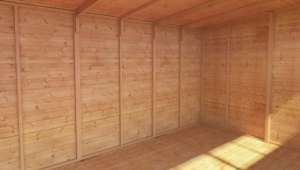

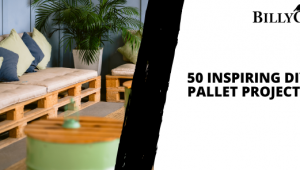
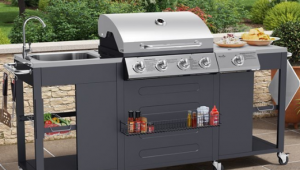
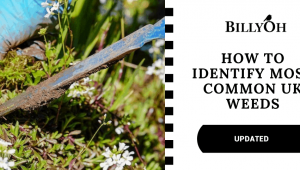

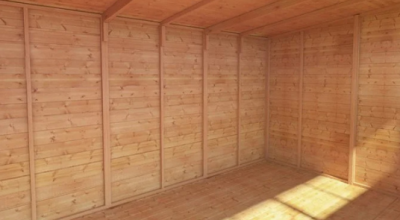
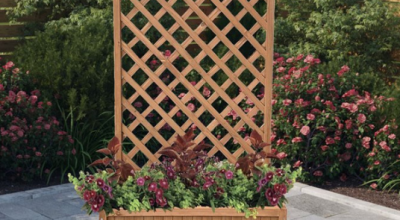
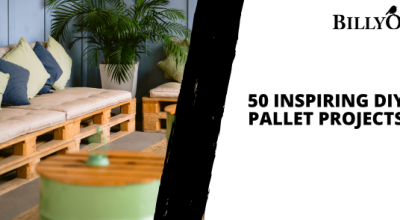
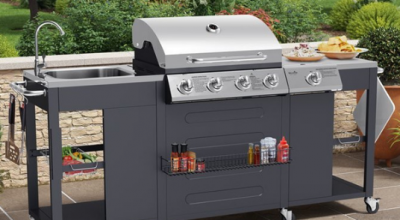
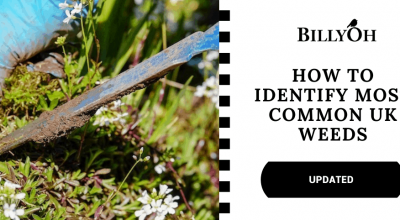
What do you think ?